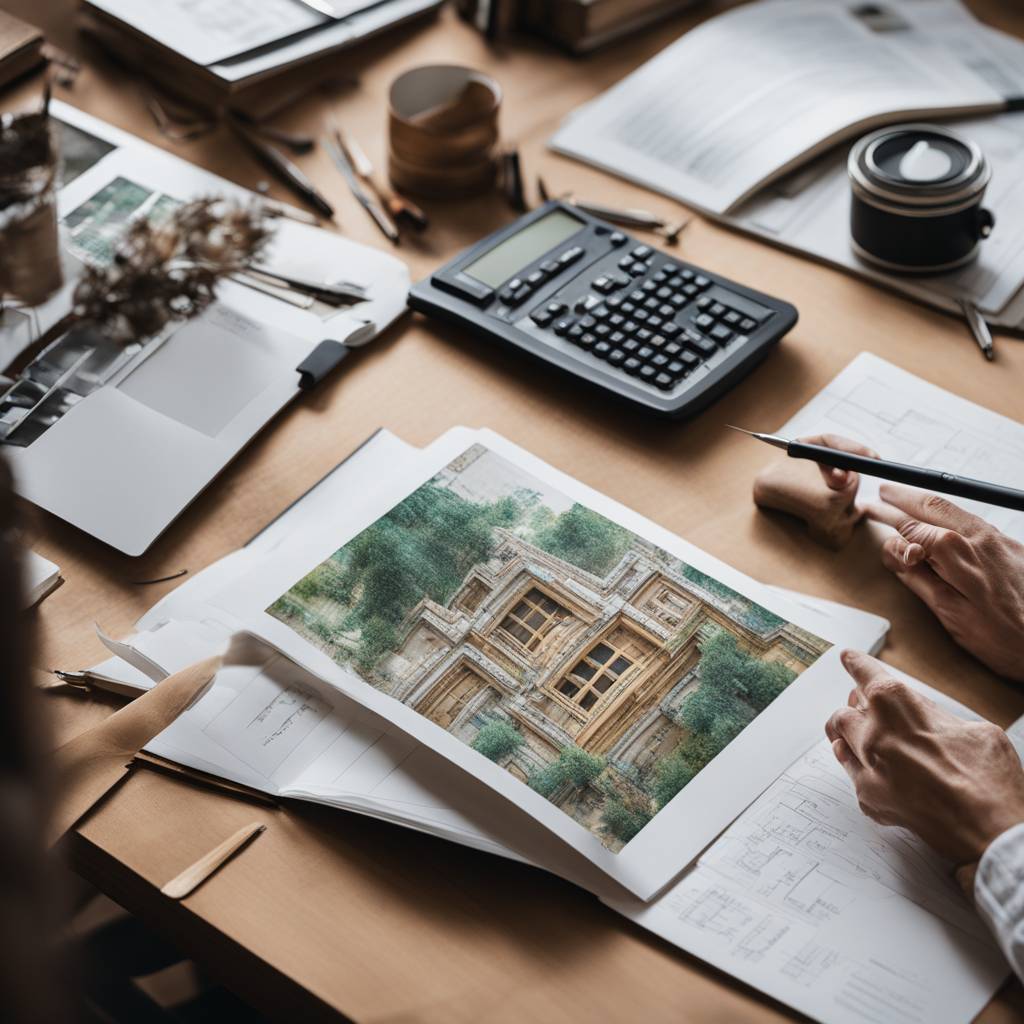In the world of art, the value of a collection goes beyond aesthetics and monetary worth. It represents a legacy for artists, collectors, investors, and dealers. However, cautionary tales of figures like James Gandolfini, James Brown, and Doris Duke highlight the importance of proper estate planning for art. Gandolfini’s estate was hit with a 55% tax on his prized artworks after his death, while Brown’s will led to legal disputes over royalties, and Duke’s executor faced allegations of mismanagement over her extensive art collection.
Managing art in estate planning involves careful consideration of its financial and legal aspects. The personal nature of art collections complicates their disposition, requiring a sophisticated strategy that balances emotional, financial, and legal considerations. Thorough planning is necessary to navigate tax complications and unexpected events that may arise in the future.
Effective planning for art assets involves meticulous steps, such as documenting the collection, understanding its valuation and legal position, and aligning the objectives of all parties involved. When considering selling artwork, one must carefully weigh the pros and cons of different methods, such as auctions, private treaty sales, or consignments, while also considering legal nuances and potential risks.
Tax implications play a crucial role in art estate planning, with different scenarios—artist, investor, collector, or dealer—presenting unique challenges and opportunities for tax planning. Creative approaches like charitable remainder trusts, qualified opportunity zone funds, and deferred sale trusts can help mitigate tax burdens while preserving the collection’s legacy. Valuation is also important, especially for significant pieces of art, with the IRS’s Art Advisory Panel playing a key role in evaluating artworks valued at $50,000 or more.
Crafting a legacy through art estate planning is not just about financial and legal considerations; it’s about ensuring the longevity of a collection and legacy. Whether you’re an artist, collector, investor, or dealer, meticulous planning, strategic insights, and a deep understanding of the complexities involved can help ensure the future of your art collection. By managing your art collection thoughtfully, you can inspire and influence future generations while reducing the risk of legal and financial challenges down the line.













